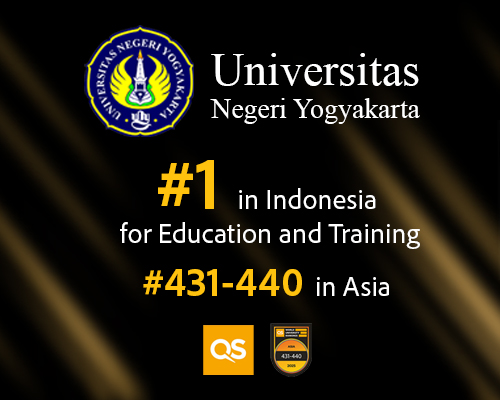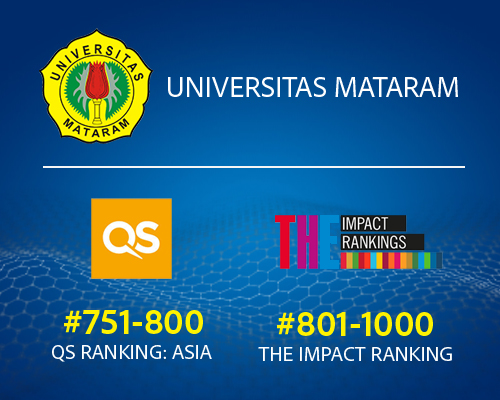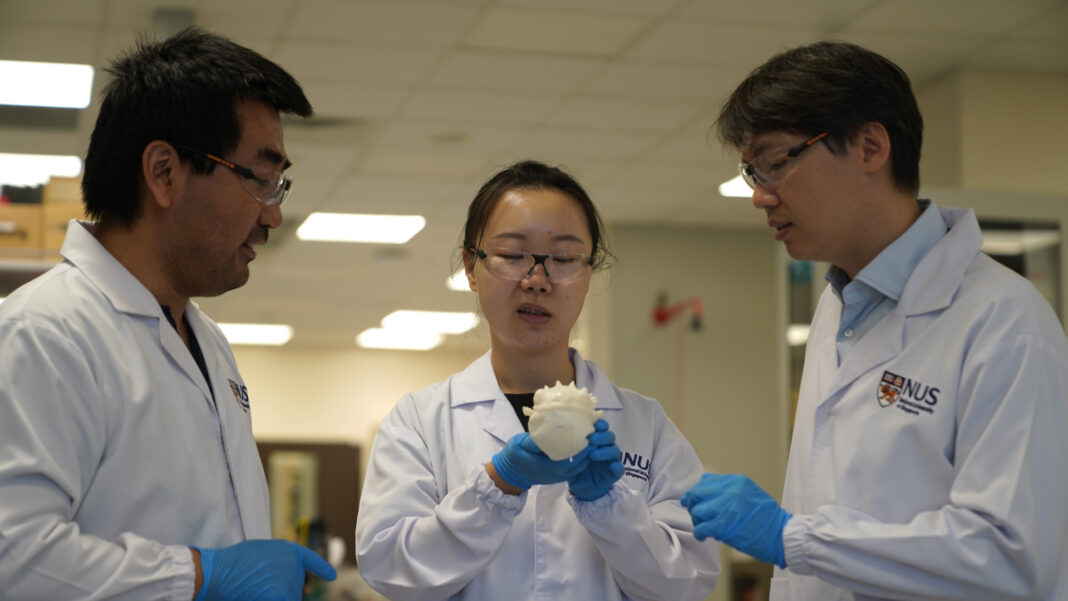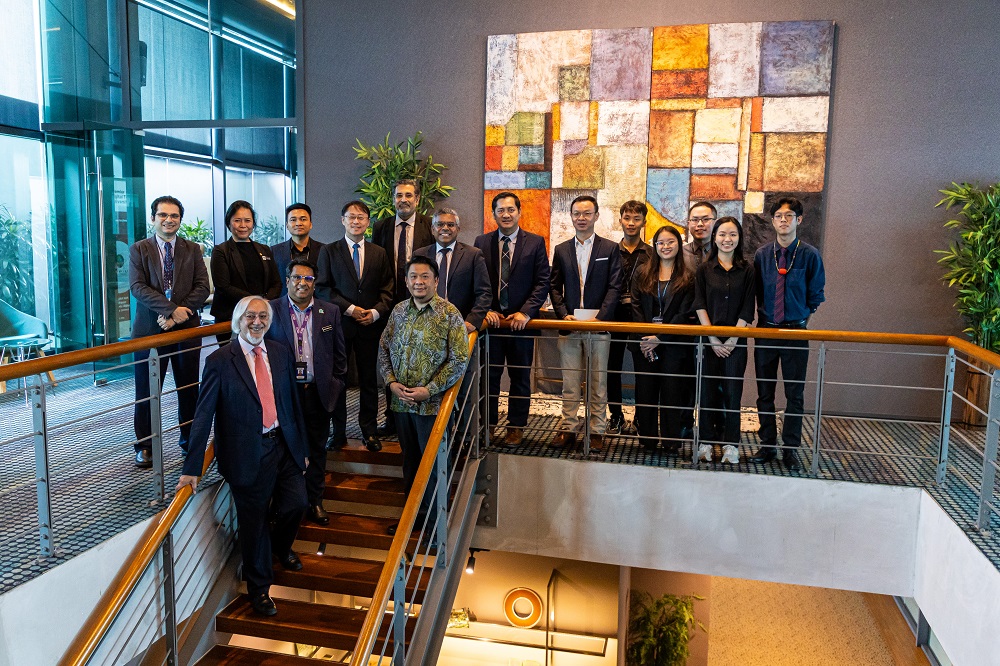Have you ever wondered how we could detect water contamination in the blink of an eye? Clean water remains one of our most precious resources, yet monitoring its quality in real-time has proven frustratingly slow and complex. That challenge may soon be history, thanks to a remarkable breakthrough from Singapore.
Revolutionary Water Quality Monitoring Device Detects Contaminants in Milliseconds
Researchers at the National University of Singapore have developed something extraordinary: a sensor that can identify water pollutants faster than you can blink. The ReSURF sensor represents a quantum leap in environmental monitoring technology, capable of detecting contamination in just 6 milliseconds—roughly 40 times faster than the human eye can close and open.
Nature’s Blueprint: From Human Skin to Smart Technology
The innovation draws inspiration from an unlikely source: the oily protective layer found on human skin. Associate Professor Benjamin Tee and his team from the Department of Materials Science and Engineering translated this biological concept into a versatile material called ReSURF. This remarkable substance spontaneously forms a water-repellent interface while maintaining the ability to self-heal and be completely recycled.
Meanwhile, the researchers integrated this bio-inspired material into a triboelectric nanogenerator (TENG), which harnesses energy from moving water droplets to generate electrical charges. As a result, the device operates without external power sources—a game-changer for remote monitoring applications.
“The ReSURF sensor can detect various pollutants, such as oils and fluorinated compounds, which are challenging for many existing sensors,” explained Assoc Prof Tee. “This capability, together with unique features such as self-powered, self-healing, reusability and recyclability, positions ReSURF as a sustainable solution for real-time, on-site, and sustainable water quality monitoring.”
Breaking Through Traditional Monitoring Limitations
Current water quality monitoring technologies face significant hurdles. Electrochemical sensors, optical detection systems, and biosensors work well for specific applications—detecting heavy metals, phosphorus, and microbial pollution, for instance. However, these conventional approaches often struggle with slow response times, high costs, dependence on external reagents, and the need for bulky laboratory equipment.
For example, many existing systems require hours or even days to provide results, making them inadequate for emergency response situations. Furthermore, their limited reusability creates ongoing costs and environmental waste concerns.
The ReSURF sensor elegantly sidesteps these obstacles. Not only does it deliver ultrafast results, but it’s also stretchable and transparent, making integration into flexible platforms seamless. This includes applications in soft robotics and wearable electronics, opening entirely new possibilities for environmental monitoring.
The Science Behind Lightning-Fast Detection
The sensor’s operation relies on a sophisticated yet elegant principle. When water droplets containing contaminants strike the sensor’s water-repellent surface, they spread and slide off rapidly, generating distinctive electrical signals. The magnitude and characteristics of these signals vary according to the type and concentration of pollutants present.
To demonstrate this capability, researchers tested the device on a pufferfish-like soft robot, successfully detecting oil contamination and perfluorooctanoic acid—a persistent environmental contaminant. Each pollutant produced unique voltage signatures, providing clear proof-of-concept for real-world applications.
Sustainable Innovation: Self-Healing and Recyclable Technology
Perhaps most remarkably, the ReSURF material addresses sustainability concerns head-on. The device can self-heal after damage, extending its operational lifespan significantly. When it eventually reaches end-of-life, the material dissolves completely in solvents, enabling full recycling into new devices without performance degradation.
This circular design philosophy aligns perfectly with growing environmental regulations and sustainability mandates across industries. As a result, organizations can implement comprehensive water monitoring without creating additional electronic waste streams.
Real-World Applications: From Rivers to Rice Fields
The versatility of water quality monitoring technology positions it for diverse applications across multiple sectors. Environmental agencies could deploy sensors in rivers, lakes, and reservoirs for early pollutant detection, enabling rapid response to contamination emergencies. Agricultural operations could monitor irrigation water safety in rice fields and other sensitive growing environments.
Industrial facilities and sewage treatment plants represent another promising application area. The sensor’s ability to operate continuously without external power makes it ideal for remote monitoring locations where traditional infrastructure proves challenging or cost-prohibitive.
Future Horizons: AI Integration and Global Scaling
The research team, whose findings were recently published in Nature Communications, envisions even more sophisticated capabilities ahead. Future iterations may integrate wireless data transmission, enhanced pollutant specificity, and machine learning-based signal analysis for more precise contaminant identification.
“Future iterations could integrate additional sensing modalities or machine learning–based signal analysis to enable more precise identification and classification of pollutants,” noted Assoc Prof Tee. “We envision this platform as a foundation for the development of more intelligent and responsive water quality monitoring systems.”
The ReSURF sensor represents more than just technological advancement—it embodies a fundamental shift toward sustainable, real-time environmental monitoring. With water security challenges intensifying globally, innovations like this could prove instrumental in safeguarding one of our most vital resources. The question isn’t whether such technology will transform water quality management, but how quickly we can scale it to meet our planet’s urgent needs.






